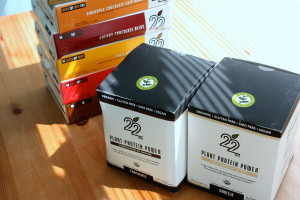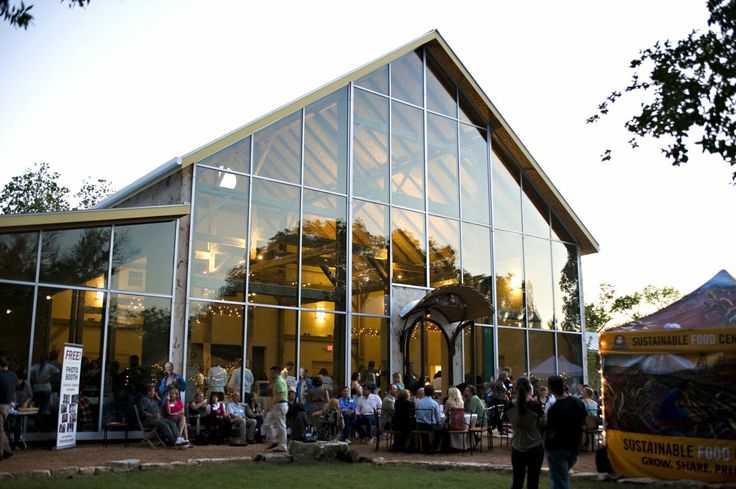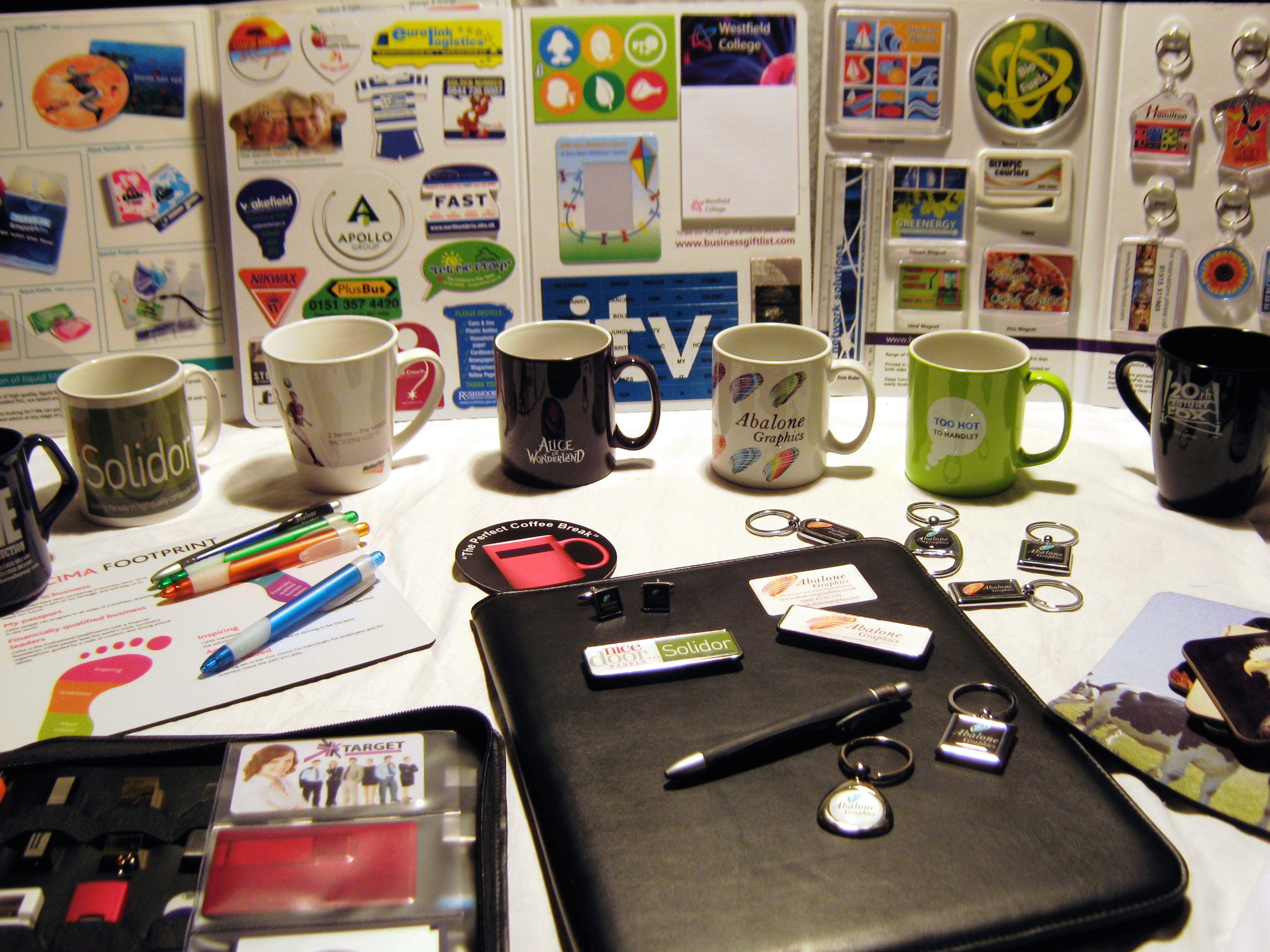In 2010, a report released by the United Nations Environment Programme encouraged a global shift to a more plant-based diet in order to combat the environmental effects of consuming animal products.
Event planners can also do their part by including more vegetarian and vegan options at events. Current menu options, however, usually lack a serious consideration of nutritional content and variety. As a result, event attendees may feel discouraged and don’t always choose the more sustainable vegetarian or vegan option.
Dedicated Vegetarian or Vegan Caterers
So what are some practical suggestions to make vegetarian and vegan food at your event more accommodating? Try simply catering from a local vegetarian or vegan caterer in your city.
If your city has a limited selection of dedicated vegetarian or vegan caterers, consider purchasing from a vegetarian or vegan”-friendly” caterer or restaurant. Many caterers and restaurants now have a selection of vegetarian/vegan options on their menus, oftentimes marked with a “V.” If you are considering making a fully vegan purchase, play it safe and ask for the list of ingredients to ensure that animal products, such as milk powder or egg whites are not hidden in the meal. As a general tip, Thai and Indian cuisines usually have a wide selection of veg dishes but don’t let that prevent you from exploring different cuisines.
Some caterers and restaurants do not have an existing vegan option, but customizing your meal is always an option.
If you are planning to dine out at a restaurant for your event, it is important to look for the vegetarian or vegan options on the menu before deciding to go. To play it safe, you can call in beforehand to confirm that the ingredients used are plant-based. While a greater number of people now understand the term “vegan,” making these assumptions may still be confusing to them. The safest option is to politely use the term “vegan” and explain if the term is not familiar to them.
As we recognize the role of food in sustainability, accommodating veg food is a great leap in the right direction.
Stay food-conscious!









